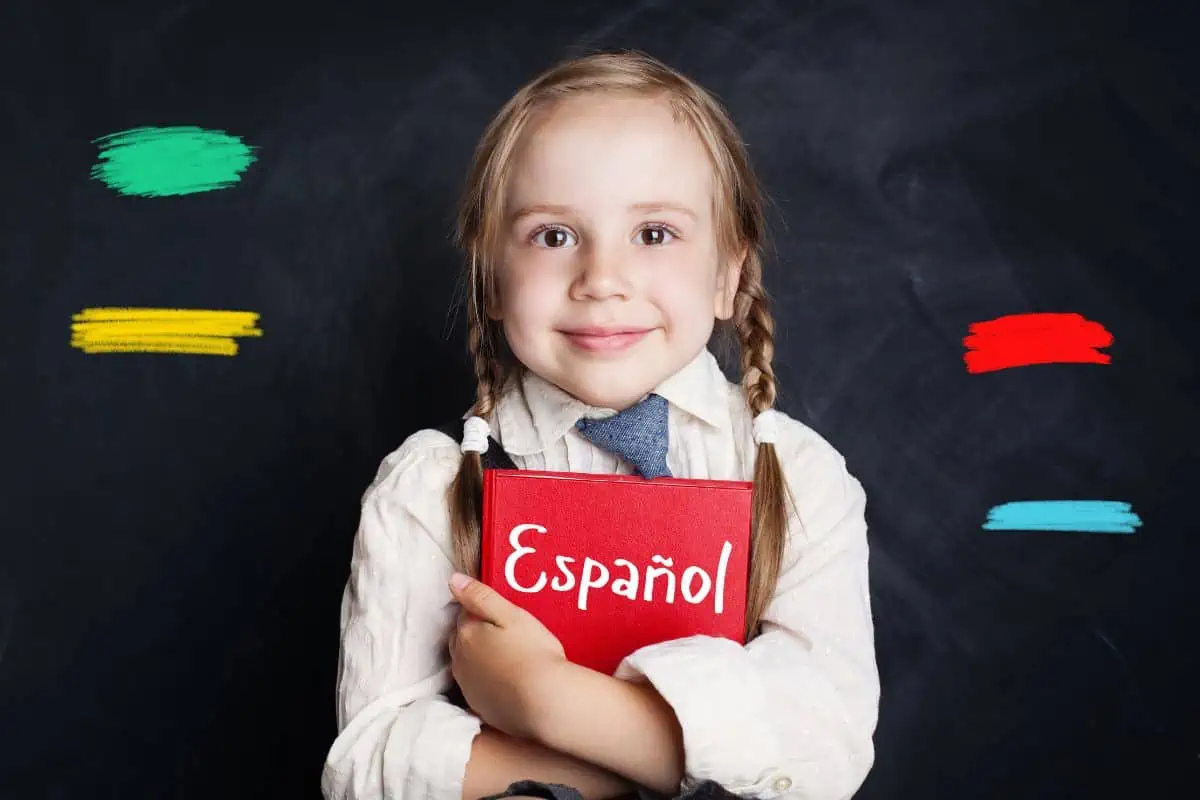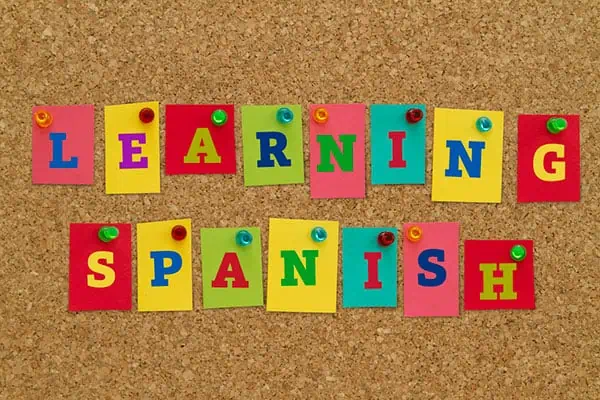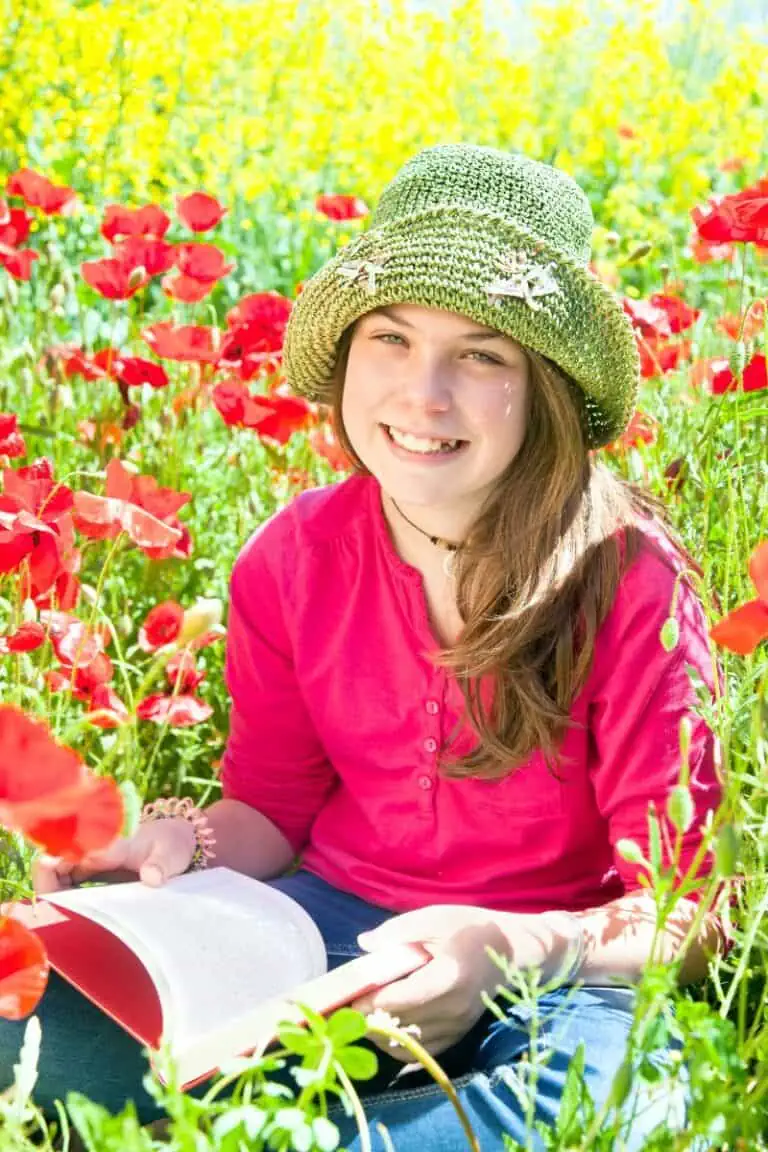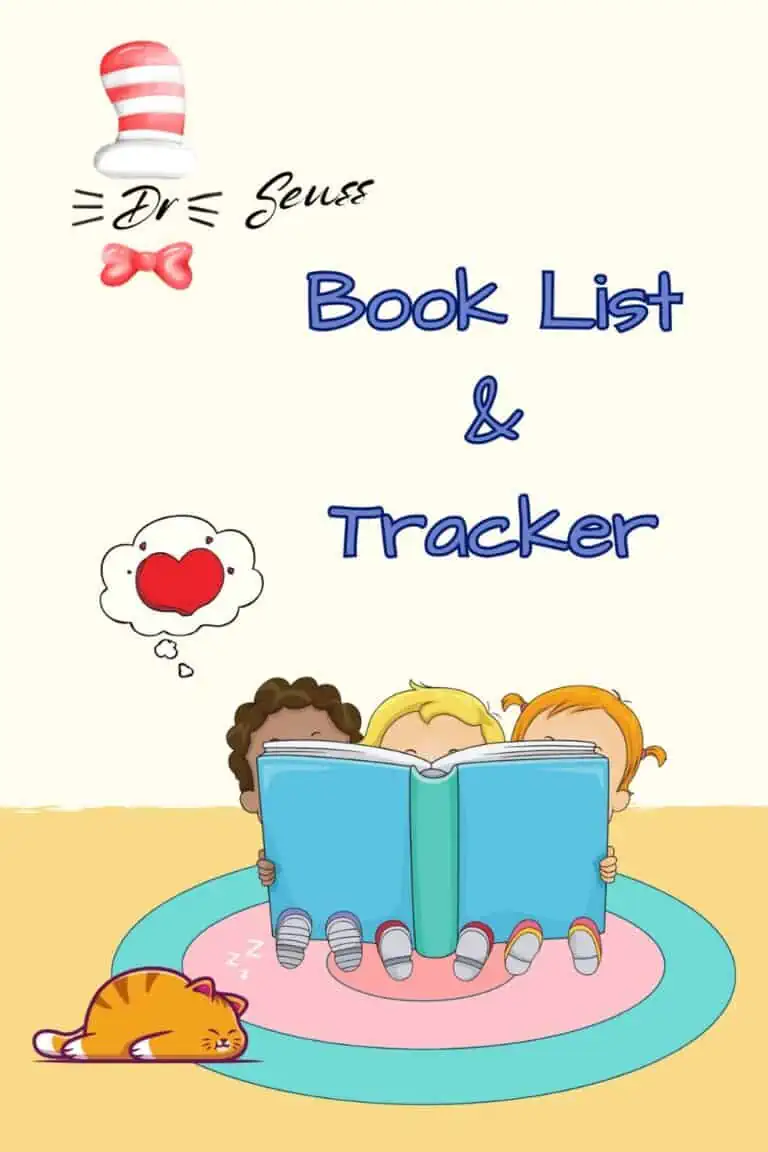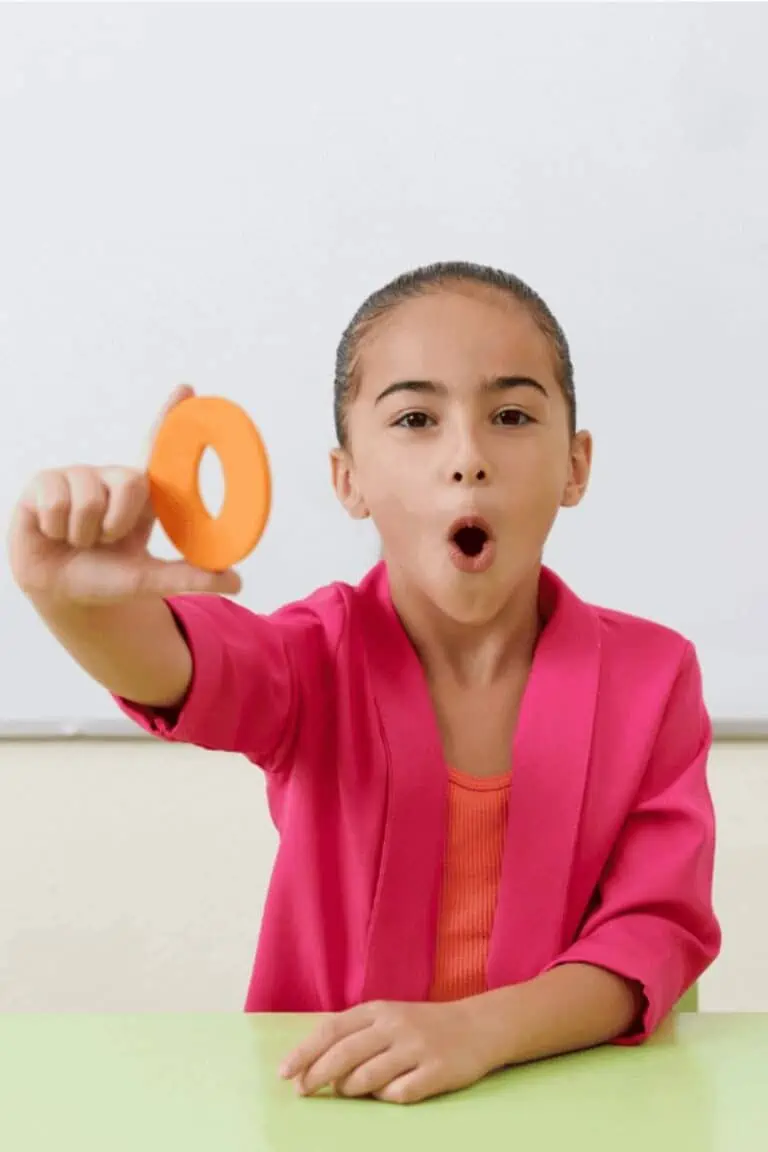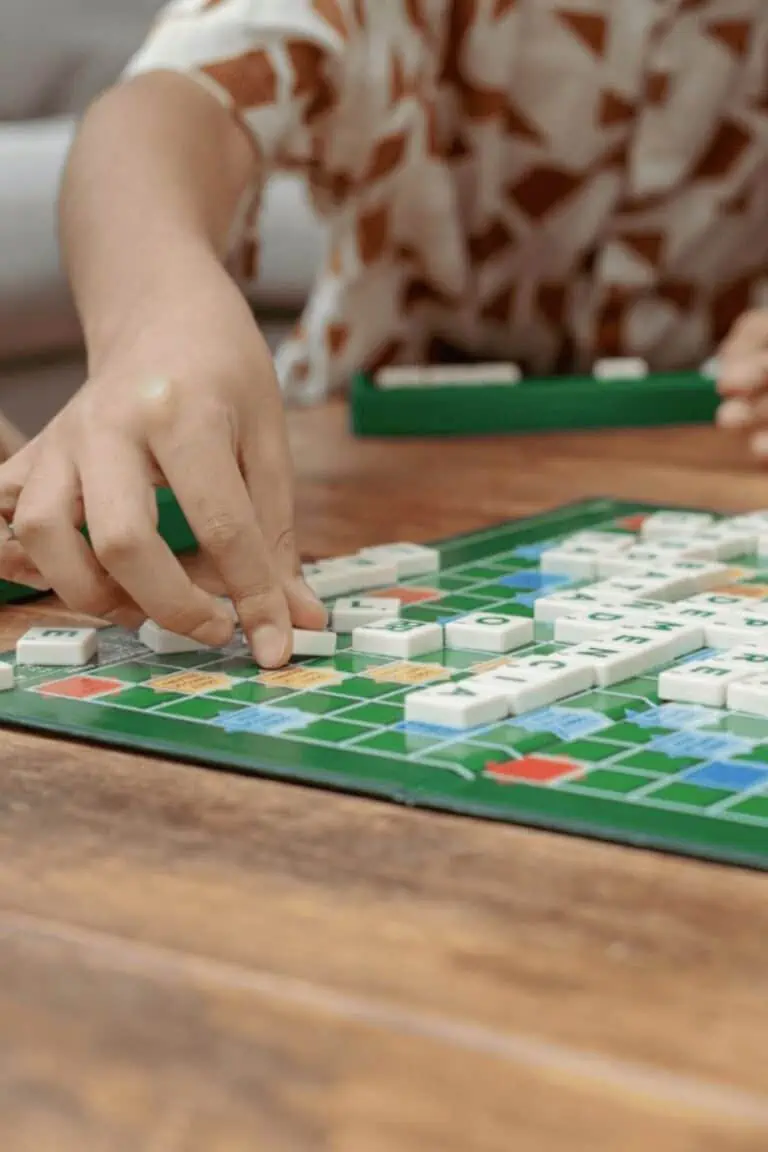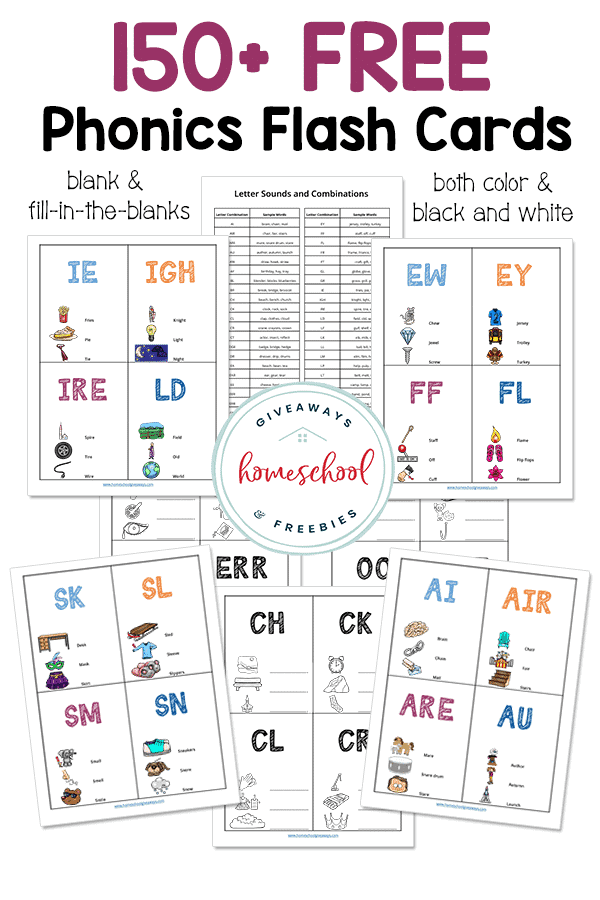Teaching Kids Spanish with a Spanish Color Worksheet
Published:
March 8, 2022
Contributor:
Jeannette Tuionetoa
Disclosure: This post may contain affiliate links, meaning if you decide to make a purchase via my links, I may earn a commission at no additional cost to you. See my disclosure for more info.
Early childhood is the perfect time to encourage your kids to learn a second language. Thankfully, children can learn the words for Spanish colors quite easily. Discover easy ways to teach the colors in Spanish using activities, games and Spanish colors worksheets.
Colors in Spanish
Are you interested in learning the words for colors in Spanish? It’s great to know them. Did you know that many crayons have the English color words well as the Spanish color word on them?
Be sure to download our Free Spanish Colors Worksheets found at the bottom of the post.
Check out the vocabulary of the following list of primary colors in Spanish:
- The color red is rojo (pronounced roh-hoh) in Spanish.
- The color orange is naranja (pronounced nah-rahn-ha) in Spanish.
- The color yellow is amarillo (pronounced ah-mah-ree-yo) in Spanish.
- The color green is verde (pronounced vehr-deh) in Spanish.
- The color blue is azul (pronounced ah-sol) in Spanish.
- The color purple is morado (pronounced moh-rah-doh) in Spanish.
- The color pink is rosado (pronounced roh-sah-doh) in Spanish.
- The color grey is gris (pronounced grees) in Spanish.
- The color black is negro (pronounced neh-groh) in Spanish.
- The color white is blanco (pronounced blahn-ko) in Spanish.
- In Spanish, the color brown is café or marrón (pronounced cah-feh or mah-rrohn).
Spanish Colors and Spanish Vocabulary
If you haven’t guessed it yet, the Spanish word for Spanish vocabulary colors doesn’t follow one specific rule. It is unusual for English speakers to grasp that words in Spanish have a gender of the noun. That is true when talking about the gender agreement with the end of the color word’s final letter.
Different Forms
For instance, Spanish colors ending in “o”, have four different forms (i.e. masculine nouns, feminine noun, etc). The “o” forms are masculine singular, feminine form singular, masculine plural form, or feminine form plural. The – o includes all the colors that behave like normal Spanish adjectives. And that’s not it.
Accent Marks
Don’t forget the accent marks of different words are part of the Spanish word, not a suggestion. Thankfully, we do not have to begin our Spanish lessons with complex details like these. Your young learners can begin learning by using different topics that are easy, like the basic Spanish colors.
Why teach your child the basics of another language?
Some may think that learning a second language is too difficult for kids. It just isn’t true. It’s hard enough to teach children their native language, so another seems impossible. However, if you try, you will find that is not the case. Use our free printable Spanish color worksheets as an easy way to teach the colors in Spanish.
I moved to Spain when my daughter was just 2 years old. We lived in Spain for four years, and in those four years, she became bilingual. She spoke fluently in English and Spanish, and that was because she was immersed in both cultures.
Her babysitter only spoke to her in Spanish, and I only talked to her in English. The way our children absorb information before the age of 5 is incredible.
The Benefits of Teaching Kids Spanish
Teaching our children another language, even just the basics, is beneficial for them. Here are a few reasons why:
- Learning another language allows kids to understand the idea of differences in people.
- Students grow to make connections between their native vocabulary and new vocabulary.
- Learning another language places emphasis on the importance of communication.
- Spanish is one of the most commonly spoken languages in the world. Analysts have estimated that the Latino population in the United States will reach well over 130 million by 2060 (Lingoda.com). That is a lot of people your children can communicate with.
- Learning another language can increase a child’s understanding of their language. Children have to think more carefully about their sentence structure as they learn the rules of another language
Teaching Children Spanish
Teaching your child Spanish (or another language) opens up their world in more ways than we could imagine. They may not use Spanish much, but they may encounter people who do and find it extremely useful.
Even if you are not a native speaker or know anyone who speaks the language, allowing your child to appreciate another language is priceless. Their learning can begin with simple lessons on Spanish numbers or Spanish color words.
Spanish Colors Worksheets PackTeach your kids the colors in Spanish with our free pdf download of Spanish colors worksheets. Our Spanish colors worksheet set include the most common colors with a chart of English words of the Spanish words for each color that serves as an answer key. There is a color by number page, a color and write page, and Spanish colors flash cards. Scroll to the bottom of this post to gain access to the Colors in Spanish Worksheet Pack.
|
How can you teach your children Spanish colors?
There are many ways you can teach your children the words for Spanish colors. A great activity is to play a color game, use index cards, and print off pdf worksheets of the colors in Spanish.
Play a Color Game
Matching games are always fun, independent, and effective. All kids enjoy matching games, and parents love that they can play independently. All they have to do is match the colors with the Spanish name of the color.
There are also a number of interactive games online to help your children practice the names of the colors in Spanish.
Use Index Cards
Place a color on one side and the Spanish name on the other. Your kids can take these cards with them anywhere as a great tool to study during quiet time. They can even review the written form of the English corresponding color in Spanish.
Make it a Part of Your Everyday Conversation
Throughout the day, be purposeful in pointing out the Spanish color of items in your home or outside; and ask your child what color it is in Spanish. This is a fun way to make learning colors in Spanish real to them.
Point out a red pencil, blue shirts, a pink pen, the dark green grass, lime green drink, a blue car, and more. Are you at a green light? Have them translate it into the Spanish color for green. Talk about hair colors. Do it often, and see your child start pointing the colors in Spanish out for themselves.
You might also enjoy these free resources on Spanish printables: |
||
Spanish Numbers 1-20 Printables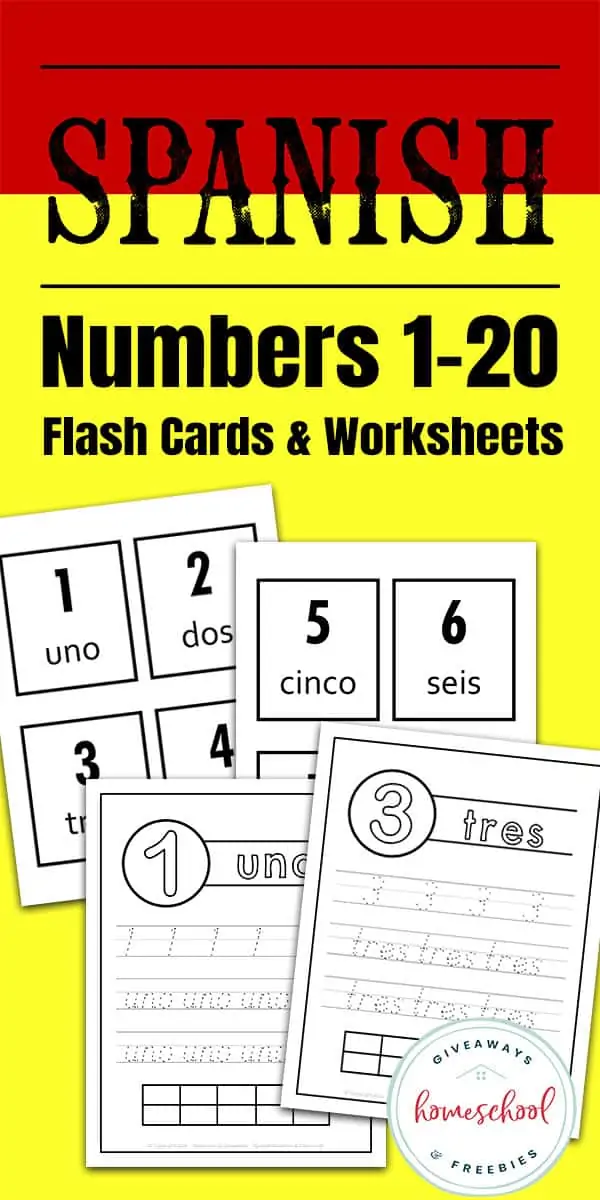 |
Spanish Days of the Week Worksheets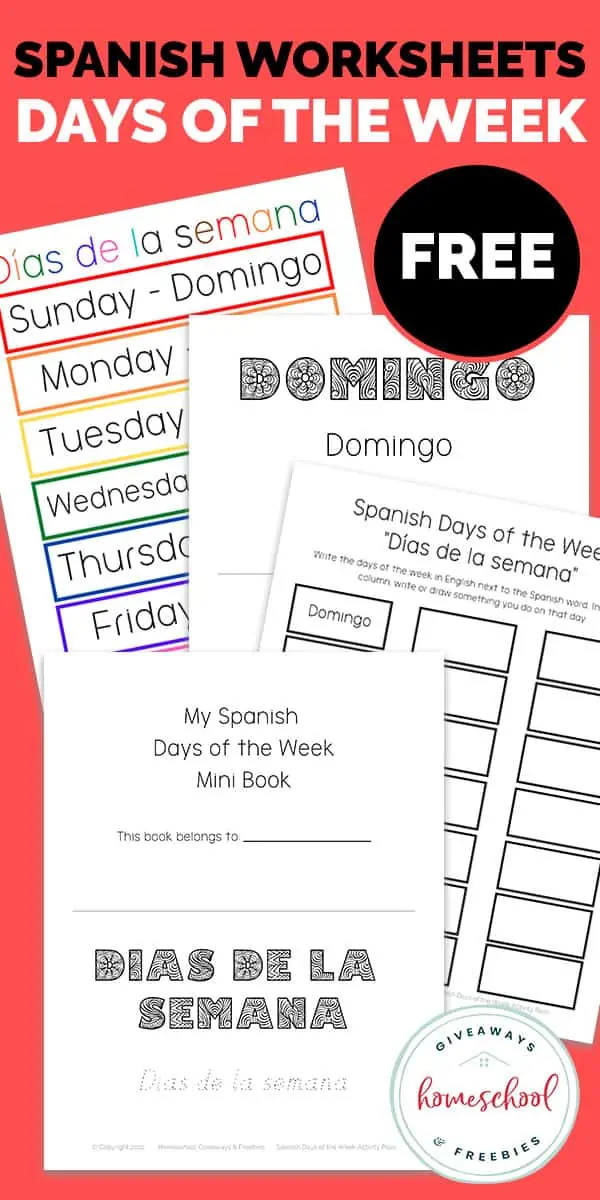 |
|
Break Out Coloring Pages
Task your child to color and do so often. They will choose their favorite color and then draw with the different colors of the rainbow. You can also print pdf coloring pages kids can color. This is a great way for kids to draw with a coloring activity and practice the Spanish language of colors in their artwork.
Watch Videos and Sing Songs
If you want to add some visual and music-loving fun for you Spanish learners, then this is the way to go. YouTube has many videos with Spanish version songs teaching kids about colors in Spanish. Your children will love dancing and singing Spanish music while learning Spanish terms for colors.
Songs and videos will introduce the student listening or watching how to pronounce the Spanish color names. Movement enhances student learning (whether it be first grade, 2nd grade, and beyond). Make some great use of resources we have freely at our fingertips for them to do so.
Use Spanish Colors Worksheets
I like to sprinkle worksheets throughout my homeschooling. Free printables are excellent for review and practice. You will find loads of free Spanish worksheets and a Spanish color chart online to go alongside your lesson plans on Spanish names of basic colors.
Check out our Spanish Colors Activity Pack to begin your child on a path of learning a new foreign language at home.
Spanish Colors Worksheets Pack
This Spanish Colors Activity Pack pdf file is a great starter resource for introducing your students to learning the main colors in Spanish but in different ways. There are printable posters, a color and write activity, flashcards, and a color by number rainbow activity sheet for the important colors in your students’ beginner Spanish vocabulary.
In Conclusion
Colors are all around us, and they make up the fabric of our lives. When words come to mind in thinking of different objects, our minds produce the artistry of God’s Creation. God indeed has outdone Himself by giving us beautiful colors for our eyes to see.
From green meadows (prados verdes) to the White House (la casa blanca), a foreign language in your home begins with a simple lesson in learning Spanish vocabulary words
Did you know that the name of some Spanish colors even varies from region to region? Language is genuinely impressive. Teaching your students Spanish, even the basic colors will spark interest in the world around them.
Instant Download: Spanish Colors Worksheets

